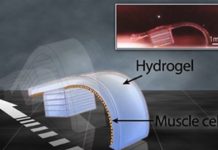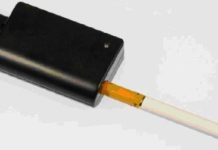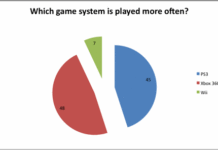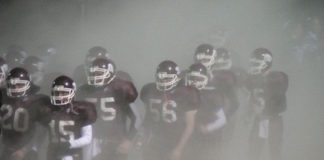Hypoplastic Left Heart Syndrome (HLHS), a defect of the heart, is when a baby is born with one ventricle instead of the two ventricles that are needed to pump the blood through the body.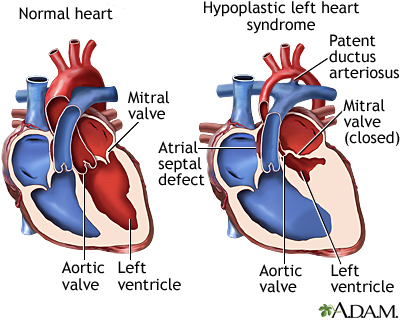
Dr. Mark Rodefeld, a pediatric heart surgeon at the Indiana University of Medicine, is trying to make a technology to help assist the heart when a baby is born with only one ventricle. Children born with HLHS can only survive for days to a couple of weeks.
HLHS has many complications and it is difficult to treat. Most of the time a transplant is needed. Rodefeld is trying to prevent those transplants and to leave the kids with their own heart. He wants to reduce the need for donors.
The Mayo Clinic states HLHS has symptoms that include shortness of breath, chest pain, fainting, sensation of rapid heartbeats, and heart murmurs. Fifteen thousand children are born every year in the US with HLHS and is the fifth most common condition in newborn babies.
Nancy Smith Kilkenny, a NASA researcher, published an article on March 8, 2016, explaining that Rodefeld is making a bi-conical shaped flywheel, which is an object shaped like two cones with their bases together. This device will replace the missing ventricle. This technology is powered by a motor the size of a nickel. This is to help assist the heart with getting oxygen.[See video here]
At this time the installation would require three open heart surgeries to place the technology into the heart but, Rodefeld is trying to find another method to implant the device. He has not tried it on any living organism because it is still too large. NASA is involved in the project in order to scale the device down to size.
“I knew I wanted to put a bi-conical motor into the cross section of the network, but I needed experts in flywheel technology at NASA Glenn [Research Center in Cleveland, OH] to design and scale it to size,” Rodefeld explains.
"Unlike conventional motors, the outside motor of this pump spins around the inside, which allows for complex fluid pump shapes to be created on the surface of the rotor, “says David Avennesian, a systems engineer and project manager with NASA Glenn. “Those shapes then grab blood coming from the body and head, mix it, and then direct it to lungs for oxygenation”.
Jose Ojea Devon Tresidder

This work is licensed under a Creative Commons Attribution-NonCommercial-NoDerivs 3.0 Unported License


